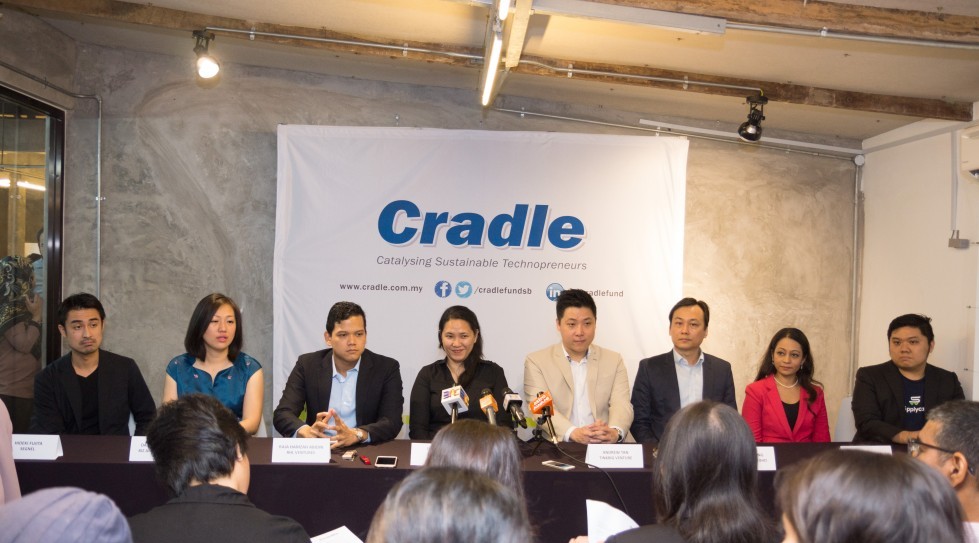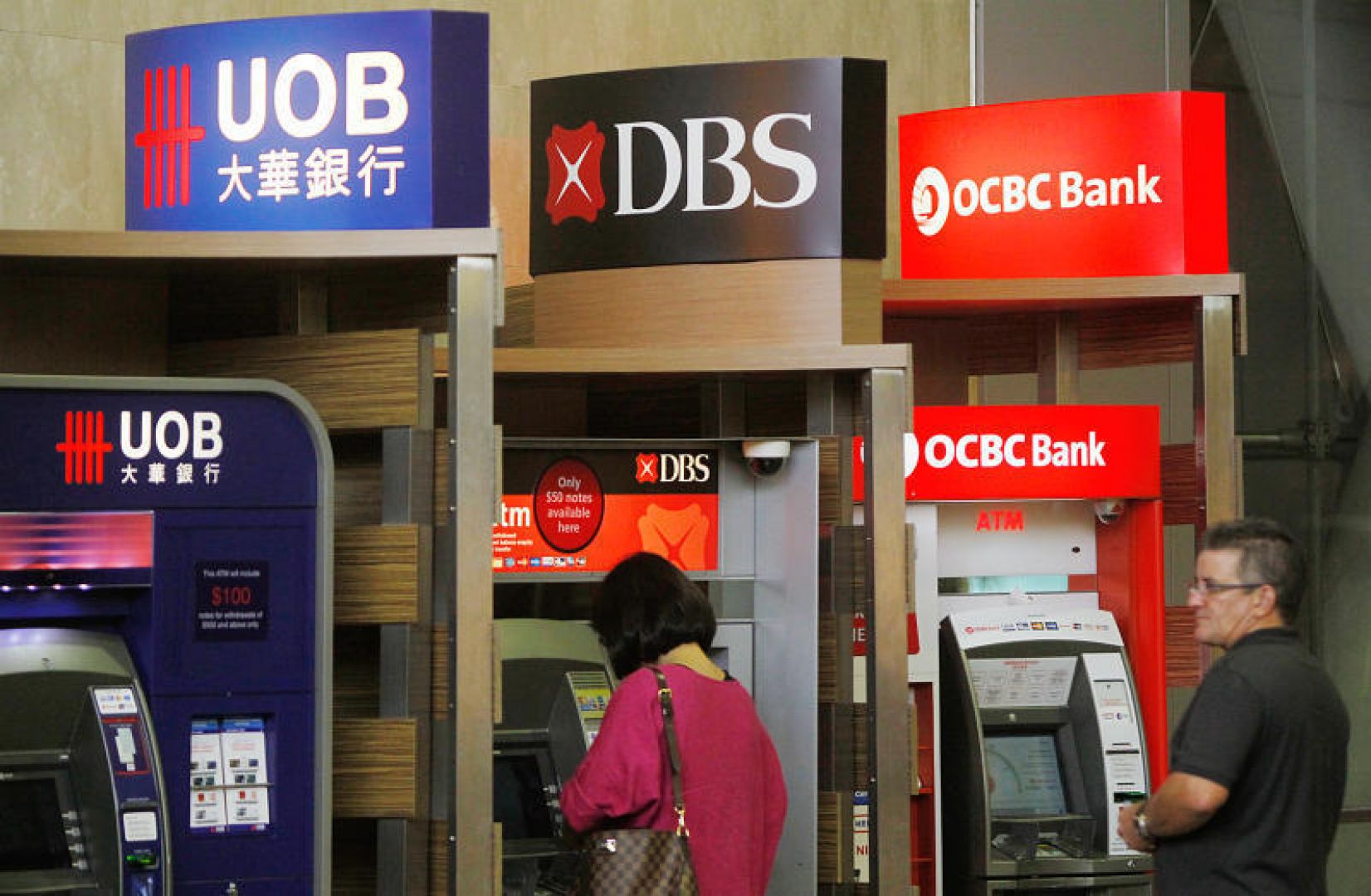Economy
-

Malaysian Cradle Adds 6 New Partners And USD 3.26 Million To Fund Local Tech Startups
Malaysian Cradle held a press conference on Monday, announcing the addition of six new partners in their co-investment scheme as well as the reduction of funds allocated for 2017, from MYR 30 million to MYR…
-

Seedcom-Backed Cau Dat Farm Brings Smart Technology Into Vietnam Agricultural Production
Seedcom-backed Cau Dat Farm aims to regulate and improve agricultural quality with the help of Internet of Things (IoT).
-

DBS, Bank Of Singapore Seize Opportunities For More Acquisitions In Asian Wealth Mission
Singapore banks are scaling up with DBS Group Holdings Ltd and .Bank of Singapore, Asia’s largest home-grown private bank among those in the lead as they are considering for more acquisitions.
-

Asia Climate Partners Invest US$20 Million In US-Based Fluidic Energy To Expand Renewable Energy Access In Southeast Asia
Asia Climate Partners, a joint venture between the Asian Development Bank, ORIX and Robeco, has invested US$20 million in Fluidic Energy.
-

Black Friday Sales Mark All-Time-High With Mobile Revenue Exceeding US$1 Billion
US shoppers went all out on the festivity as Black Friday shopping has yet again surpassed its own milestone with an Adobe report tracking US$3.34 billion from the holiday sales.





